After the annexation of Estonia, the Red Army occupied the country and absorbed military equipment into the Red Army. After the bloody nose that the USSR was dealt by the Wehrmacht, the Army and Navy were desperate for armor. The Navy’s solution was to create an improvised armored lorry based on an Austrian ADG truck. It featured a large, armored crew compartment, and a small turret armed with a machine gun. Unfortunately, due to the nature of this conversion, there is very little documented evidence of its history. The vehicle doesn’t even have an official name. Some suggested are: “Soviet Naval ADG”, “ADG-R” (ADG-Russian), or perhaps simply Improvised ADG, however this article will refer it to as the “Armored ADG” for simplicity.
History of the ADG lorry
What is known about this truck however, is that it is of Austrian heritage. In 1911, the Daimler Motoren Gesellschaft absorbed the Austrian Motor company Osterreichishe Automobil Gesellschaft. Under this partnership, the company began to produce trucks for civilian use and Imperial Army use. In 1932, Austro-Daimler (AD) began work on a new 4×6 three axle design truck. This truck had many modern features including a longitudinal sprung rear suspension with two wishbones. this meant that the truck was very maneuverable over rough terrain. This new truck was powered by a 6-cylinder petrol engine that produced 65 hp, and boasted seven forward and three reverse gears.
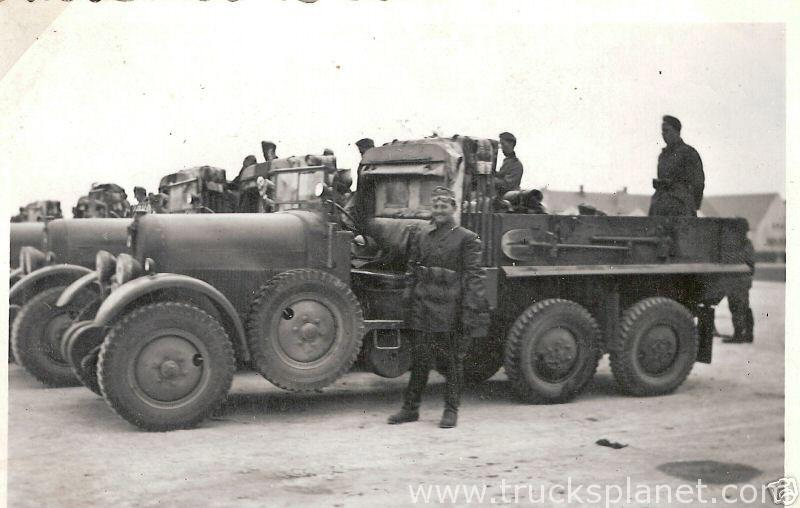
An ADG truck. Note the placement of the spare tire with the arched cab side guard. This was a defining feature of the ADG series. Also note the single wheel per rear axle shaft. The ADGR had two wheels per axle shaft.
It was called the ADG, however after 1936, the design was reworked slightly to become the ADGR. The ADGR is discernible by the twin sets of rear wheels, rather than one. Other variants include the ADGK and the ADGT, the latter being a fuel truck. In all, 185 ADGs and 361 ADGRs were built between 1932 and 1940. After the German occupation of Austria, the AD company was merged with Steyr. The Steyr variant of the ADG was called the Steyr-640. Photographs of this truck exist in operation with Wehrmacht units, mainly on the Russian front, and one survives today in the Austrian Military Museum.
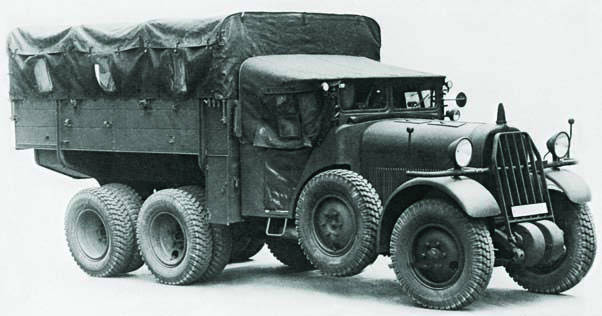
ADGR with the protective tarpaulin deployed.
Unfortunately this is where the the story becomes hard to trace. The only available records seem to show that the only foreign nation to purchase ADGs was Romania.
Context: Estonian SSR
After the Molotov-Ribbentrop Pact of 1939, the USSR was given free reign to administer authority over Estonia, so the Soviets invaded on 16th June, 1940. Much of the Estonian military surrendered immediately and much of the Estonian military hardware was put into storage. Only the Estonian Independent Signal Battalion stationed in Tallinn at Raua Street were resistant.
The German invasion of the USSR a year later, on June 22nd 1941, was a massive surprise to the Red Army. Scores of vehicles were lost, all of which were needed desperately for defense. It was at this time that the Estonian people rose up against the NKVD, in an Estonian nationalist group known as “The Forest Brothers”.
Theory – Soviet Vehicle
One source claims that the “Zagradotryad” Shipyard in Tallinn created at least two “police” vehicles to suppress the uprising. It is likely that this vehicle is that police vehicle, seeing as though Russian letters can be seen on the side of the lorry. From the relevant photographs of this “Armored ADG” it can be seen that it was probably operated by Soviet Naval personnel – one photograph in particular appears to have dead naval troops hanging from the entry hatch of the vehicle, their black uniforms and helmets fairly clear. The vehicle is believed to have been operated in June, 1941.
Other Theories
In the writing of the article, two other theories have surfaced as to the vehicle’s origin. Originally, it was thought that this vehicle might belong to the Forest Brothers – partisans operating in Latvia and Estonia. The suggestion was that the German 18th Army, which fought alongside these partisans, might have donated the ADG truck to the partisans, who then armored it up.
Similarly, it was also thought that there is a possibility of the armored lorry belonging to the Estonian Independent Signal Battalion stationed in Tallinn at Raua Street. However, this particular theory was speculative at best.
Design of the improvised lorry
It is evident from the photos that the rear section of the truck was built up into an armored superstructure, probably about 7 mm (0.28 in) thick. The new superstructure also featured a four-six sided turret with a Maxim machine gun, of which there were two different shapes, tall and thin, or short and wide. It is unclear how many were produced, but according to photos, possibly two (or three). The suspension appears slightly stressed due to the new superstructure, but it may be the case that the superstructure was just poorly fitted to the chassis, thus giving the illusion of the broken suspension.
Possible Combat Performance
The “Armored ADG” seems to have been armed with a Maxim gun, with armor that was between 7-10 mm (0.28-0.4 in). If it was fighting against infantry, it is safe to assume that it would have performed relatively well, with “bullet proof” armor. It was armed with a machine gun, meaning this truck could have been an able opponent. However, against any form of tank or well-armed tankette, this machine would have been an abject failure because the armor would be insufficient against weapons of a caliber of 12.7 mm (0.5 in) or more. Indeed, one photograph of the “Armored ADG” appears to shows a penetration in the turret. The biggest drawback of this vehicle were its high silhouette, thin armor, and apparently crude construction. That being the case, it is safe to assume that this lorry was a true product of desperate times.
It has been suggested that at least one of the vehicles was destroyed on the Peterhof Highway. It is fair to surmise that perhaps one was able to retreat with other Red Army units before the encirclement of Tallinn.
It is reasonable to estimate that the truck would have been close to its load bearing capability with the additional armor and the improvised turret. Therefore, the “Armored ADG” would have been a very clumsy truck. While we have no definitive information on this improvisation, however the regular ADG’s were in themselves very good vehicles. With their double wishbone suspension, the rear drive wheels could move interdependently of each other, making terrain traversal very easy. It is unknown whether the extra armor on the side impeded the swing of each wheel arm, although it does look as though it was the case.
Links/sources
Forum.axishistory.com
Trucksplanet.com
aviarmor.net
Estonia in WWII on Wikipedia
“Improvised Tanks and Armored Cars of WW2”, a Youtube compilation video by user “jamntime”
krasnoselmuseum.narod.ru
Rare pictures from Tallinn
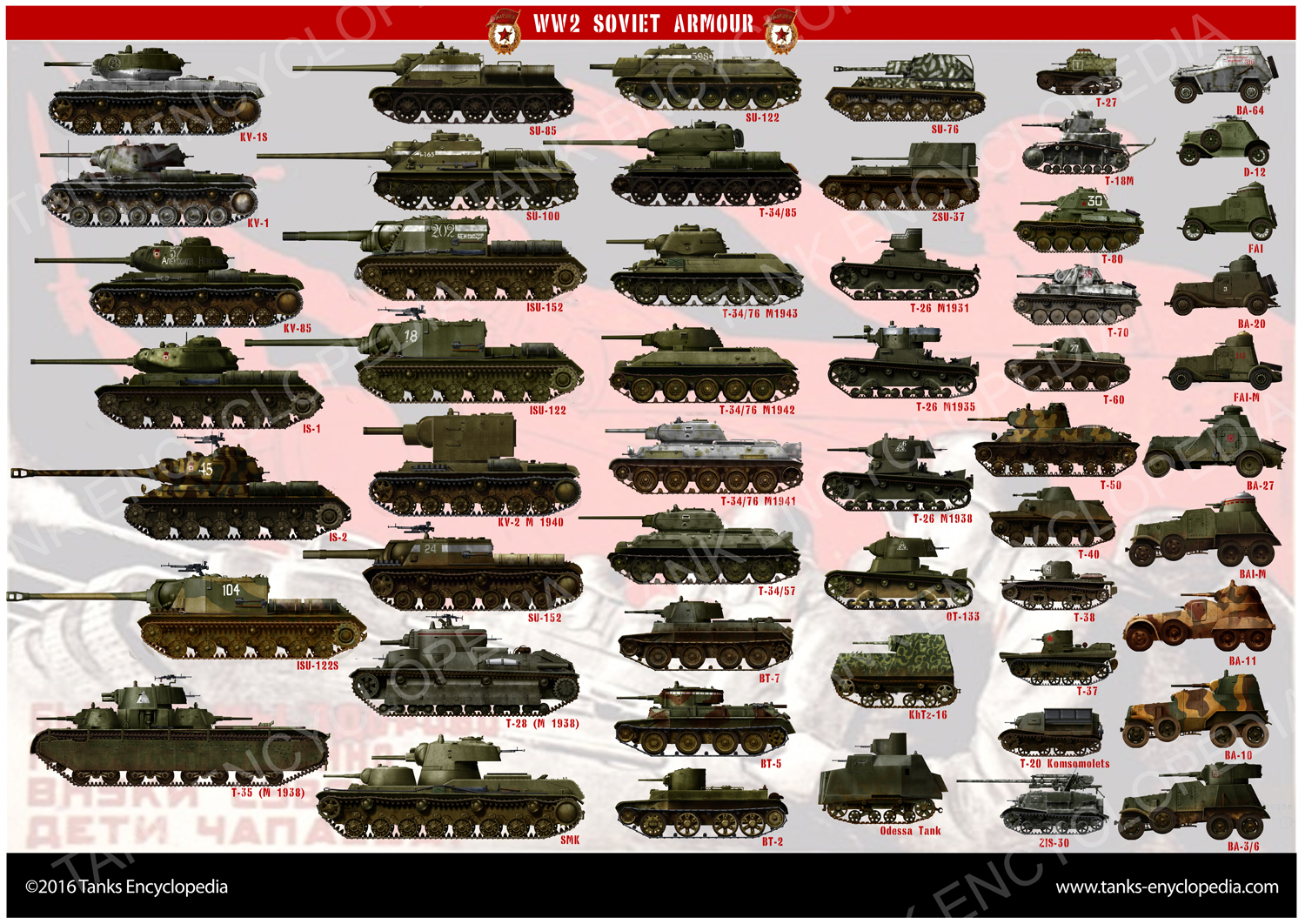
All ww2 Soviet Tanks Posters

The tall-turret Armored ADG Lorry.
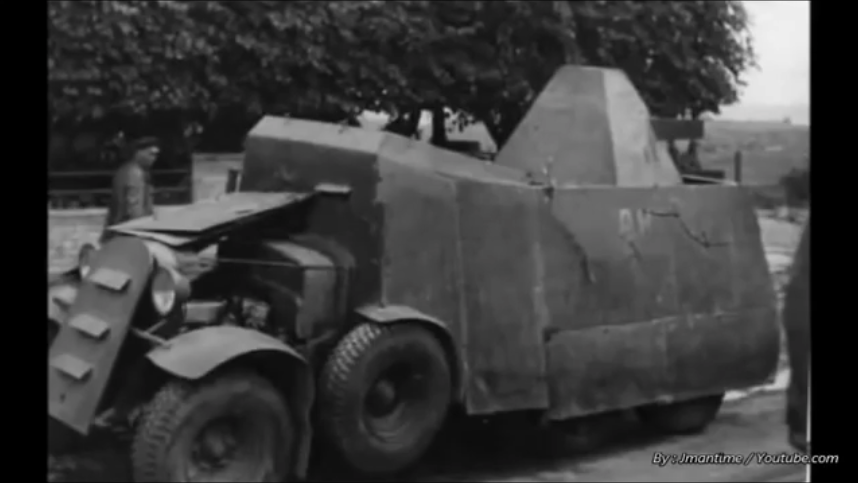
One of the “Armored ADG” lorries. This is not the official name as the truck conversion has no name. it is evident that the original chassis is under the armor plates. Note the curved pieces of armor that cover the tires, and the turret with four sides with a Maxim machine gun. Also note the two letters “дн” on the hull.
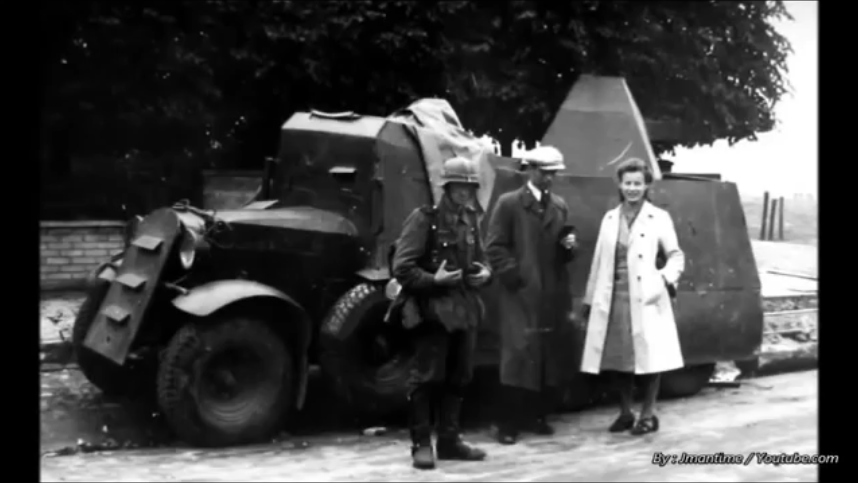
The same “Armored ADG” as in the previous photo. Note the German soldier who is probably from the 18th Army. Also visible is a coating of white paint around the top of the turret. This would have been applied as an identification with friendly Russian units. It is this “Armored ADG” that would appear to have been on the Peterhof Highway.
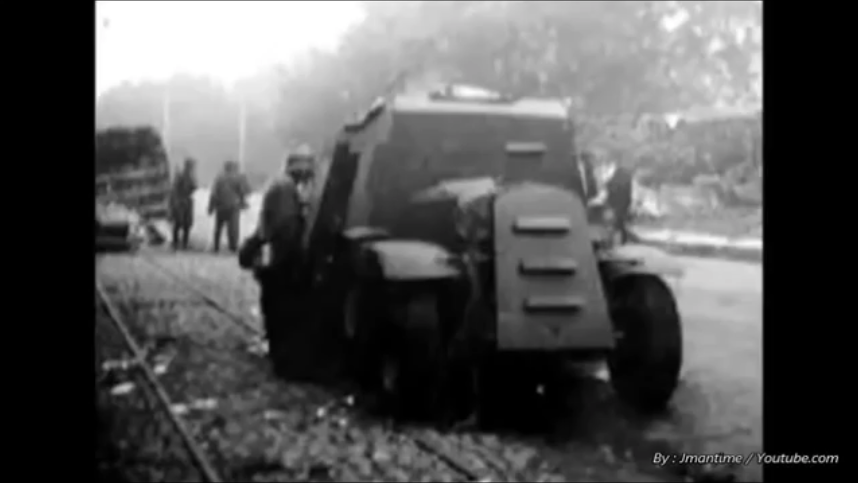
An “Armored ADG” with no turret. It is unclear whether the truck was issued without one or whether it was blown off. Note the driver’s vision slit in the cab and the air intakes on the nose.

Showing its improvisation, this “Armored ADG” differs from the other two photographed by having a far more squat turret with 5 sides. This photo also clearly demonstrates the type of access that the truck had. There is a door on the right side of the truck and one at the rear. It looks as though it was hit with at least three 37mm shells in the upper hull, and once or twice in the turret. It is likely that the lorry was set on fire, as the tires appear to have been burnt out, and the hull appears charred. In this photograph we can clearly see the Soviet Naval troops who have been killed. Source: Francis Pulham Collection
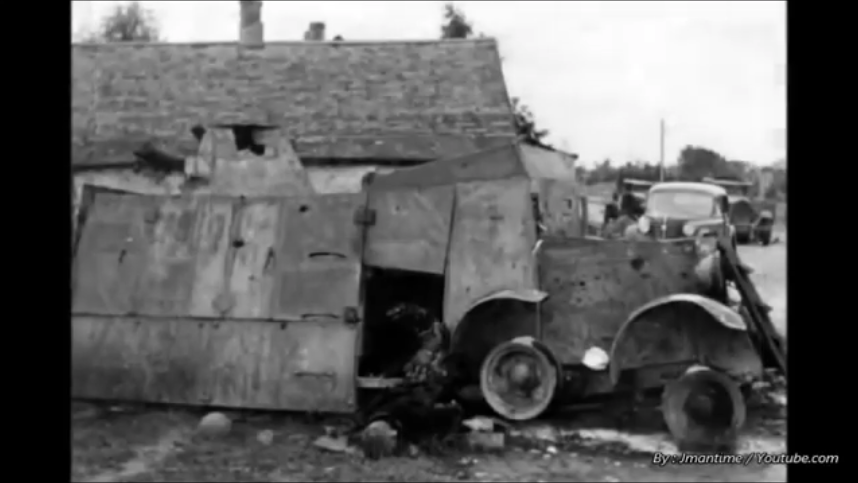
This “Armored ADG” is the same lorry as above. It is evident that this example was knocked out due to enemy action. Evident with corroboration with the above photograph that the hull suffered no less than three hits. Also note the damage to the turret. The engine appears to have small hits too, possibly one 37mm hit, and some heavy machine gun fire. This photograph appears to show the above “Armored ADG” moved to the side of the road to allow traffic to pass.

Another photograph of the Styer/ ADGR conversion. Take note of the shape of the main turret. Source: Francis Pulham Collection.
Sidenote: Other Conversions in Estonia
In addition, there is some evidence to suggest that Red Army forces also improvised other vehicles in Tallinn, such as a tractor tank based on the STZ-5. However, its history remains as unclear as this armored lorry, as there are only two known photos.
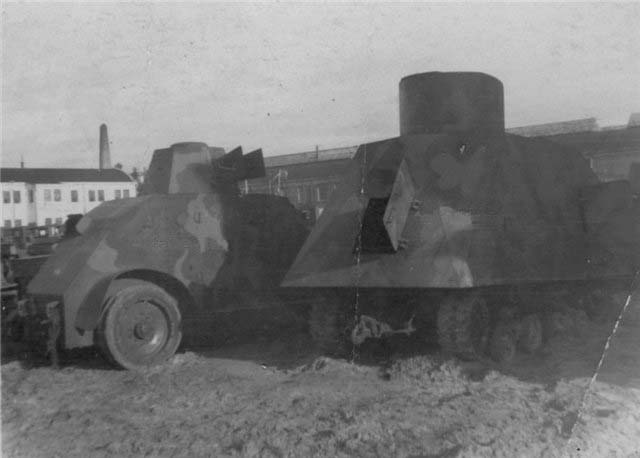
A rear view of what appears to be a tractor tank based on an STZ-5 next to an Estonian Arsenal Crossley armored car. The Arsenal Crossely armored car was considered obsolete, but was possibly taken out of storage to fight in the war and was given to the Estonian 22nd Territorial Rifle Corps, and one was sent to storage in Dvinsk. There are rumors of one serving at Leningrad. Seeing as though information is scarce, this leads only to speculation. It is rumored that this is a photo taken on Saaremaa Island, Estonian SSR, and a handful of improvised tanks based on the STZ-5 were built. It is also rumored that this photograph was taken at Leningrad. It is, however, much more likely that this was another policing vehicle made by the Soviet Navy at Tallinn and was deployed in the same manner to the Armored ADG. However, due to the lack of clear sources, none of the three claims mentioned can be totally substantiated.
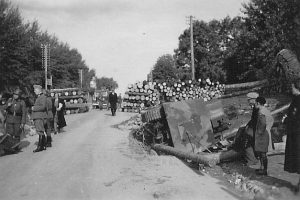
Seemingly another tractor tank, as in the above photograph. As mentioned, this is more than likely a Soviet Navy policing vehicle in Tallinn. It appears to have toppled over into a ditch and is being inspected by Germans and locals. The turret is facing the rear, and it is possible that it was trying to flee before it fell over.

Red Army Auxiliary Armoured Vehicles, 1930–1945 (Images of War), by Alex Tarasov
If you ever wanted to learn about probably the most obscure parts of the Soviet tank forces during the Interwar and WW2 – this book is for you.
The book tells the story of the Soviet auxiliary armor, from the conceptual and doctrinal developments of the 1930s to the fierce battles of the Great Patriotic War.
The author not only pays attention to the technical side, but also examines organizational and doctrinal questions, as well as the role and place of the auxiliary armor, as it was seen by the Soviet pioneers of armored warfare Mikhail Tukhachevsky, Vladimir Triandafillov and Konstantin Kalinovsky.
A significant part of the book is dedicated to real battlefield experiences taken from Soviet combat reports. The author analyses the question of how the lack of auxiliary armor affected the combat efficacy of the Soviet tank troops during the most significant operations of the Great Patriotic War, including:
– the South-Western Front, January 1942
– the 3rd Guards Tank Army in the battles for Kharkov in December 1942–March 1943
– the 2nd Tank Army in January–February 1944, during the battles of the Zhitomir–Berdichev offensive
– the 6th Guards Tank Army in the Manchurian operation in August–September 1945
The book also explores the question of engineering support from 1930 to the Battle of Berlin. The research is based mainly on archival documents never published before and it will be very useful for scholars and researchers.
Buy this book on Amazon!
This website uses cookies to improve your experience. We'll assume you're ok with this, but you can opt-out if you wish. Cookie settingsACCEPT Privacy & Cookies Policy
 Soviet Union (1941)
Soviet Union (1941)
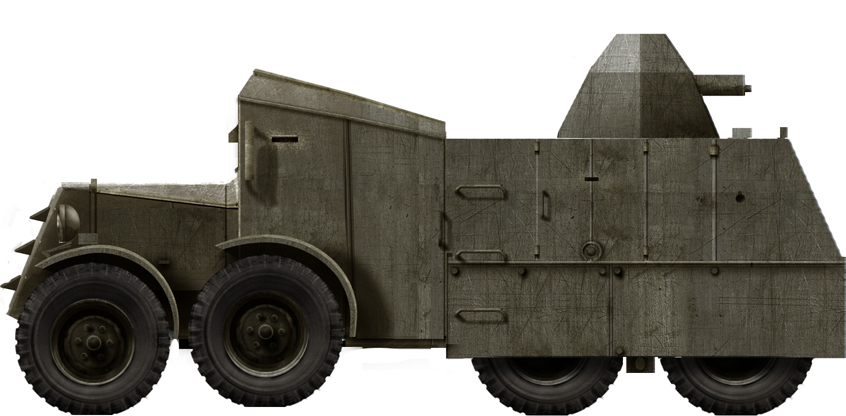













2 replies on “Soviet Navy Armored ADG Lorry”
About “STZ-5 next to an Estonian Arsenal Crossley armored car” is possible that this car is Polish wz.29 captured by soviets in September 1939 and used after annexation of Estonia in Tallin.
the forest brothers weren’t an Estonian nationalist group it was a Baltic nationalist group with Latvians and Lithuanians too.